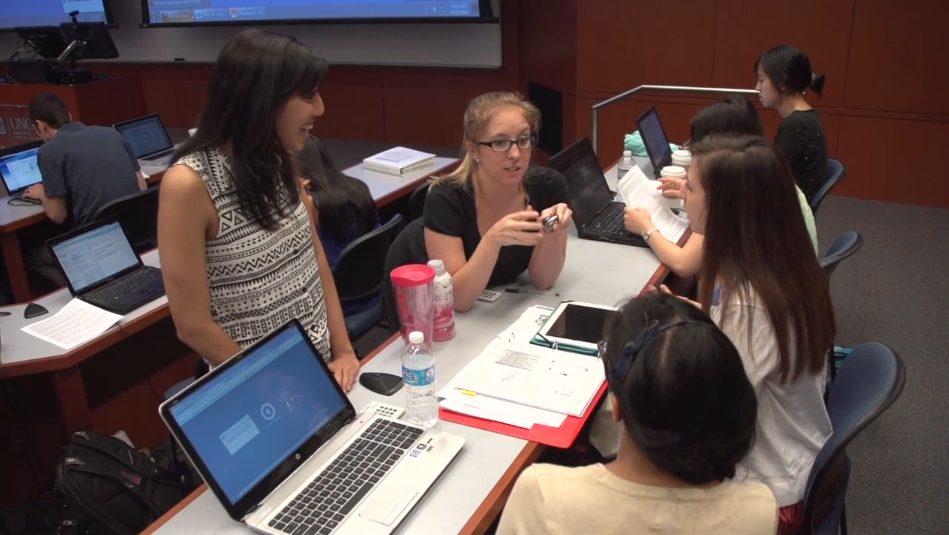STEM and the Flipped Classroom: A Perfect Match

Success with the flipped classroom model in STEM education has received a lot of attention in the media lately. Some call it a revolution, and others have suggested that it could be the solution to the STEM graduate deficit in the United States. There is a definite movement to at least experiment with this model. A recent survey of university professors in the United States showed that fully half of university faculty have or will flip their classroom in the next year.
Many educators also believe that STEM courses are an especially good fit for flipping. The difficulty and complexity of the subject matter lends itself to in-class activities that allow students to apply what they have learned in the lecture material they watched the night before. It’s no longer a case of “present and pray” in the hope that students will somehow absorb what you’ve presented. Instead it is “present and apply,” and through classroom activities, the instructor has the ability to see first-hand, prior to testing, what students have actually learned.
We’ve watched many of our customers achieve success with the flipped classroom model. Dr. Russell Mumper, Vice Dean of the Eshelman School of Pharmacy at UNC Chapel Hill flipped his pharmacy course with these results:
· Final exam scores increased by 5 percent over a three year period
· 93% of students surveyed said the methods used in the flipped class promoted understanding and application of key concepts
· 91% of students said the overall course format of the flipped class greatly enhanced their learning
And three more Echo360 customers (Boston University, Clemson University and University of Michigan) were featured in this recent article on the flipped classroom and STEM education.
Active learning technology obviously plays a pivotal role in the success of the flipped classroom model at all of these universities. Without technology, lectures and course materials cannot be captured for viewing by students prior to class. Without information distribution technology, it is impossible for students to view lecture materials on any device, from any location and at any time. But, the true shining stars are the faculty members who sought to find a better way for their students to learn. The passion they have for their subject is on display through the innovative exercises and activities they have designed for the classroom.
Technology will continue to evolve. It will get better and become easier to use and eventually ubiquitous. But it will not be successful without those fearless teachers who will always remain vital to learning and who will pass along the torch of knowledge to their students.
Join the conversation! Follow us on Twitter and “like us” on Facebook.
